IndiaAI Mission is trying to address gaps in India's AI story: MeitY's Abhishek Singh
Abhishek Singh, Additional Secretary at MeitY and CEO of the IndiaAI Mission, outlines the government’s push to democratise tech, fuel responsible AI innovation, and support inclusive solutions unique to India.


India is making an ambitious bet on artificial intelligence, disrupting every sector of the economy. Although the country has a vast AI talent pool, critical gaps remain in research and large‑scale model development.
That is where IndiaAI Mission, an initiative by the Ministry of Electronics & Information Technology (MeitY), comes in as it is trying to address the gaps in India's AI story, says Abhishek Singh, AS, MeitY & CEO, IndiaAI Mission.
Speaking in a fireside chat titled ‘Building Trust in AI: India’s Vision for Responsible Innovation’, moderated by Shradha Sharma, Founder & CEO, YourStory Media at the 3rd AI RAM Stakeholder Consultation in Hyderabad, Singh said, “IndiaAI Mission is trying to address the gaps in India's AI story. We're regarded to have a lot of strength when it comes to AI skills. The Stanford AI Index 2025 report, which places India as one of the top countries with AI talent, AI skill penetration as also the number of projects contributed to the GitHub AI projects”
To make high‑performance hardware affordable, the IndiaAI Mission recently announced a pool of 14,000 GPUs at a subsidised rate of Rs 67 (under $1) per GPU‑hour for researchers, startups and entrepreneurs. MeitY has also launched AI Kosh–a dataset platform offering curated datasets for training and deploying AI models and applications.
“We published a call for proposal foundation models, wherein we are at the final stages of selecting the first proposals that will be supported under the programme,” he added.
Yet, Singh noted the country still trails the United States and China in patents, fundamental research and the development of large‑scale foundation models.
“There were several limitations in our AI story which have resulted in us lagging behind … whether it’s patents, research, or developing foundation models. To that extent, the India AI mission is trying to address the gaps with regard to compute, which is required for building any AI model or application,” Singh said.
Building safe and ethical AI
Ethical AI has become a policy priority worldwide. Singh stressed while developing AI systems is necessary, ensuring ethical and responsible systems should also be a priority.
He noted that the government is actively funding various institutions and startups for building tools for several use cases, including auditing AI algorithms, bias mitigation, synthetic data generation, privacy-enhancing technologies, machine unlearning, detecting deepfakes, and watermarking AI-generated content.
“This entire spectrum of tools that are being developed will ultimately help in ensuring that the AI applications and models conform to these principles. Otherwise, just creating a framework, creating guidelines, or passing a law will not be able to do much. Building these tools will greatly enhance the regulatory capacity of governments, which will also allow for the development of AI applications and ensuring that innovation goes on at the same time, ensuring limiting the harmful effects of AI, ” Singh said.
Instead of regulating technology, the government aims to primarily focus on use cases and what harm the applications may cause.
To address this, a committee under the Principal Scientific Adviser to the Prime Minister has been set up—which includes representatives from academia, startups and industry—to draft India’s AI governance guidelines, proposing a techno‑legal approach to AI regulation.
“The document will define how regulation activity will be carried out. But primarily, we are not looking at drafting a new law for regulating AI. We do believe that the existing legal framework, the IT Act, and the Bharatiya Nyaya Sanhita are sufficient provisions for ensuring that harm that can result from AI can be regulated,” he said.
Supporting startups
The IndiaAI Mission emphasises inclusive access to AI-powered services and strengthens the country’s startup ecosystem. Singh highlighted the need for digital public infrastructure to be available in multiple Indian languages and accessible through voice-based interfaces—especially for the million Indians who are currently unconnected by digital systems.
“We are trying to ensure that all services are accessible with a voice interface. With projects like Bhashini, we will be able to empower the 500 million unconnected Indians to access online services with voice mode,” he said.
However, Singh noted two key challenges hindering India’s deep-tech and AI innovation ecosystem: lack of patient capital and low public spending on R&D.
“The problem is not capital per se—it is patient capital,” he said, adding that most investors in India, including venture capitalists and high-net-worth individuals, tend to seek quick returns, whereas AI and deep tech require long-term investment horizons.
India’s R&D expenditure currently stands at only 0.7% of GDP, in contrast to countries like the United States and China, which invest around 3% of GDP. Singh acknowledged this gap but pointed to several recent initiatives aimed at supporting funding in this space.
Some initiatives include the Anusandhan National Research Foundation, which has been allocated a Rs 1 lakh crore corpus over five years, earmarked for research and development projects. Additionally, the Union Budget 2025 announced a Rs 10,000 crore Deep Tech Startup Fund of Funds (FoF). Under the IndiaAI Mission, approximately Rs 2,000 crore is being allocated for direct startup funding, with another Rs 2,000–3,000 crore expected to be deployed indirectly for supporting compute infrastructure and foundation model development.
“If we equate totally, the Rs 1 lakh crore allocation over five years translates to around Rs 20,000 crore this year. Add to that Rs 10,000 crore from the Deep Tech Startup Fund of Funds (FoF) announced in the Budget…altogether, we’re looking at Rs 35,000 to Rs 40,000 crore in government-backed capital available this year alone,” Singh said.
“Since much of this is being routed through fund-of-fund models, it can unlock a much greater investment..how quickly we can deploy this capital—by creating the right framework, and by working closely with investors, VCs, incubators, and accelerators to identify the right startups to bet on,” he added.




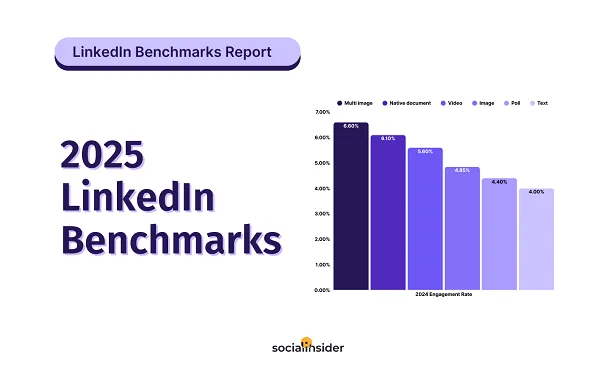


























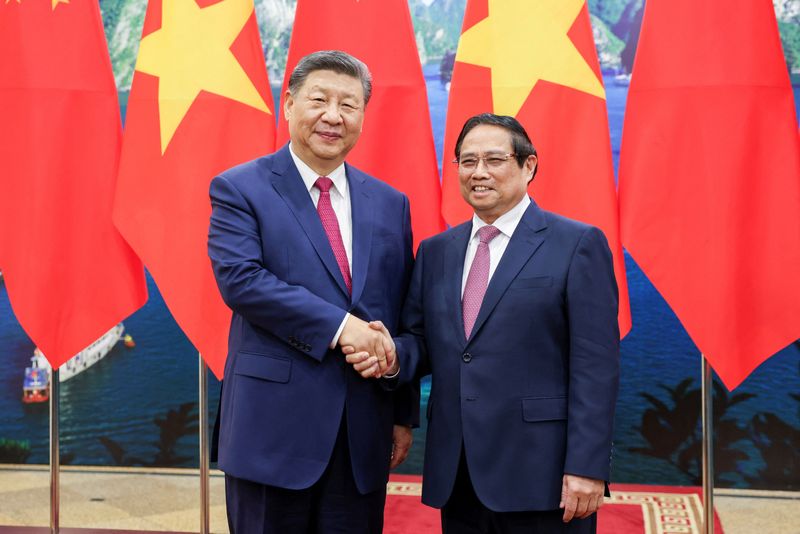









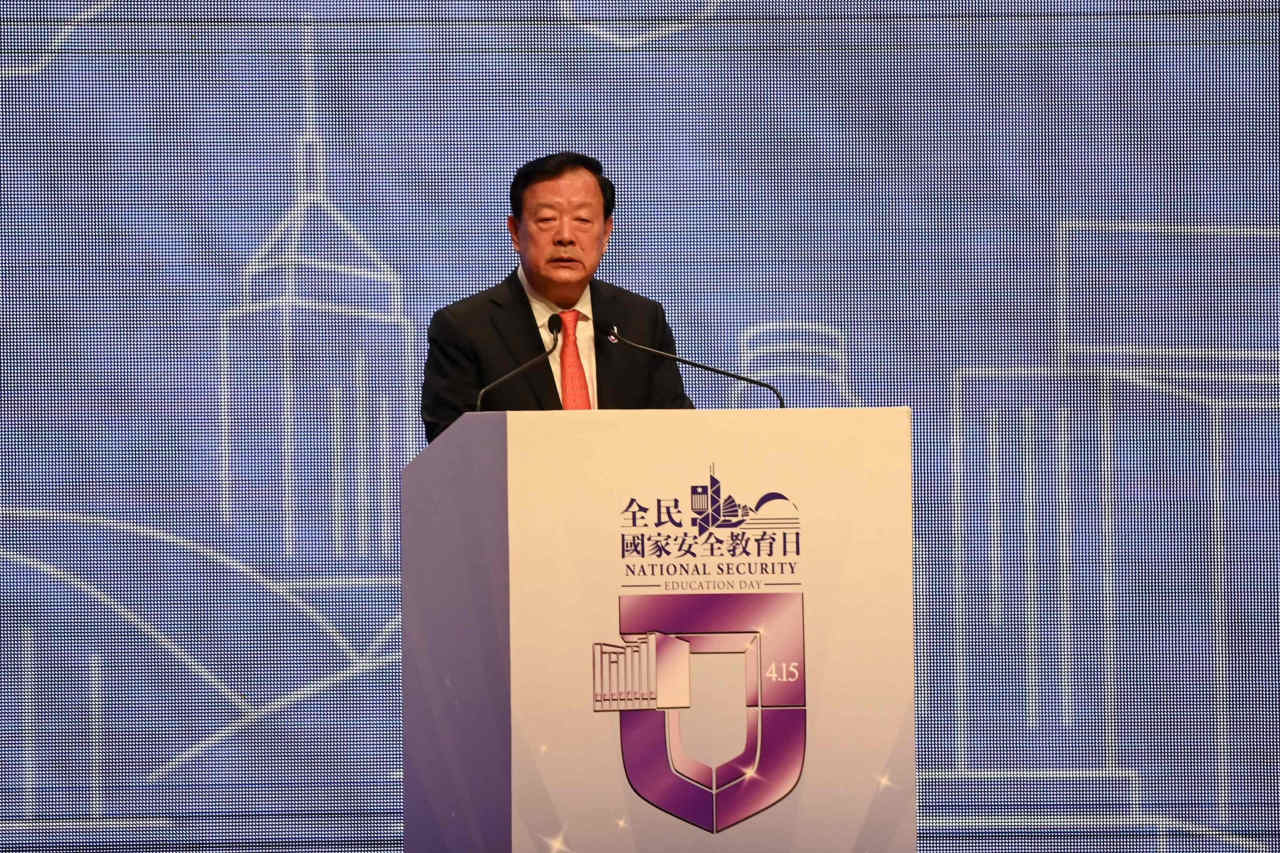

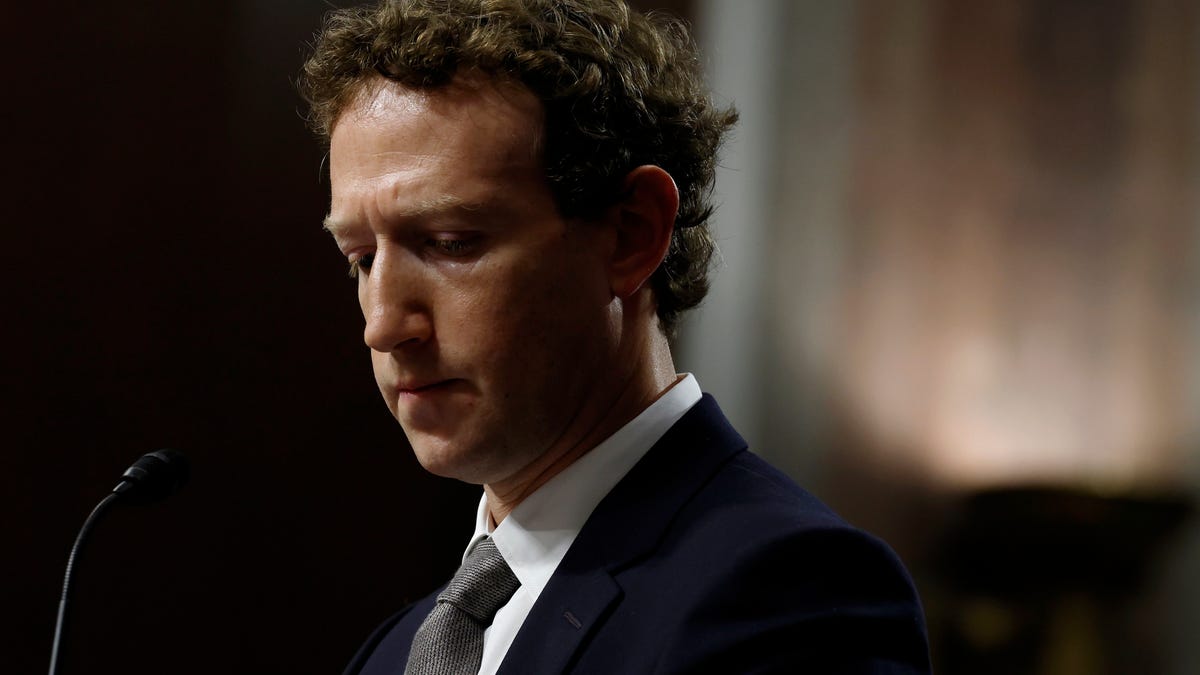

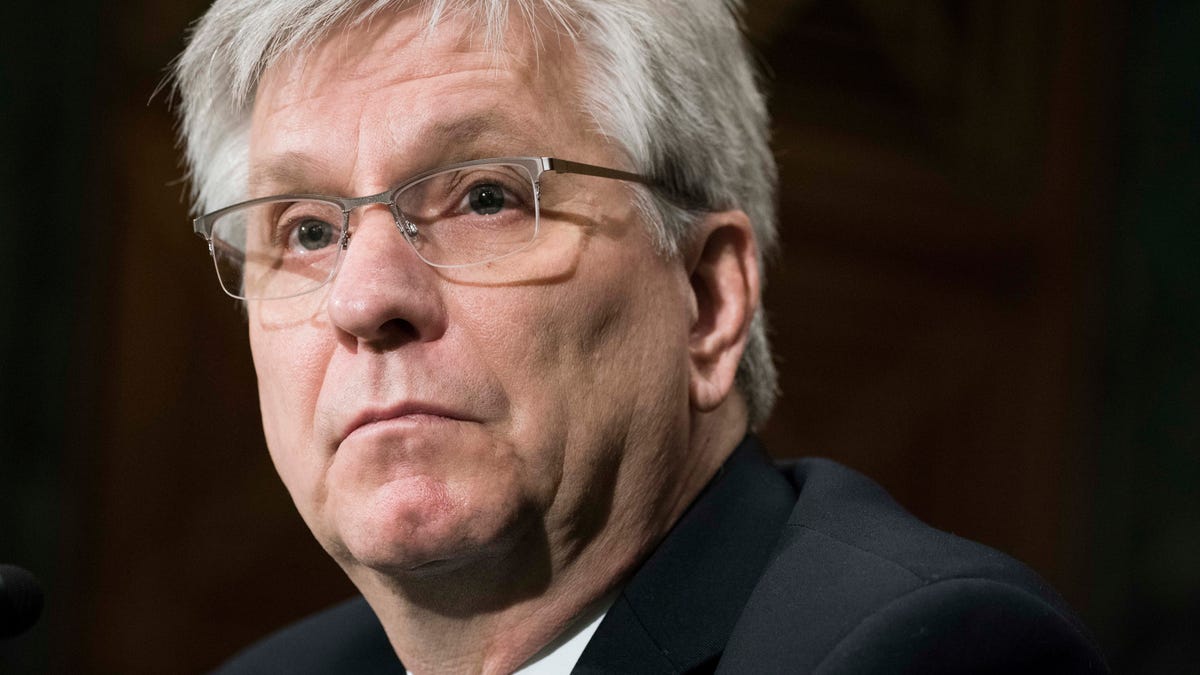
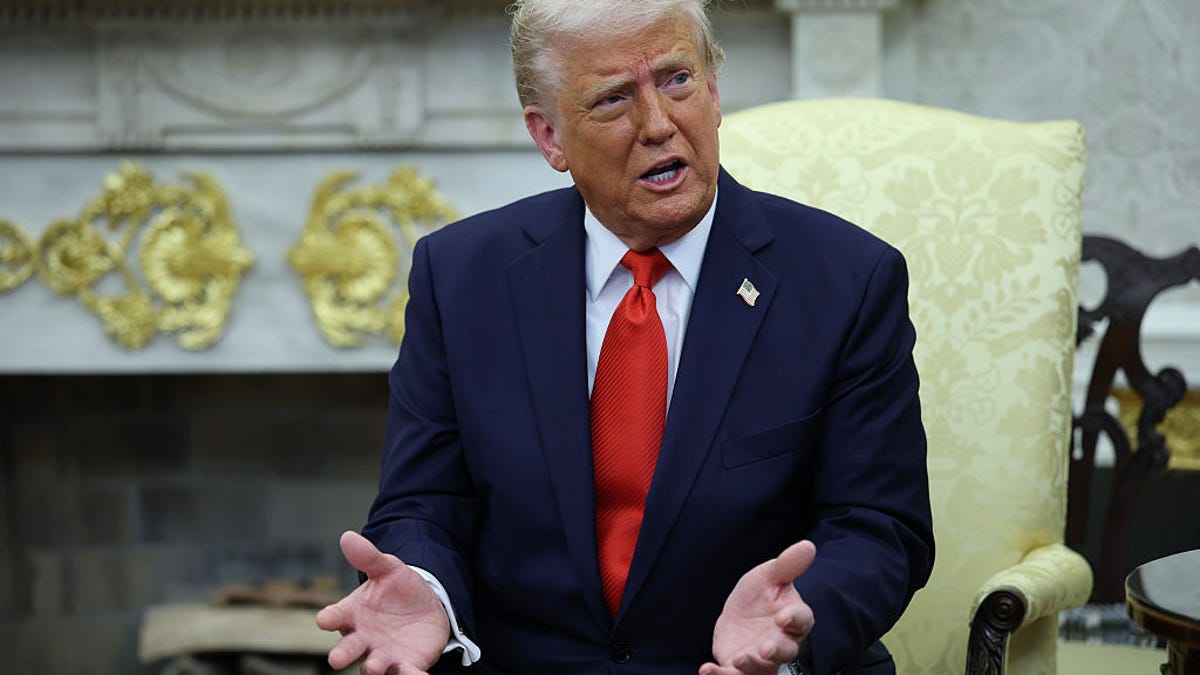


















































































































































![How to Find Low-Competition Keywords with Semrush [Super Easy]](https://static.semrush.com/blog/uploads/media/73/62/7362f16fb9e460b6d58ccc09b4a048b6/how-to-find-low-competition-keywords-sm.png)



